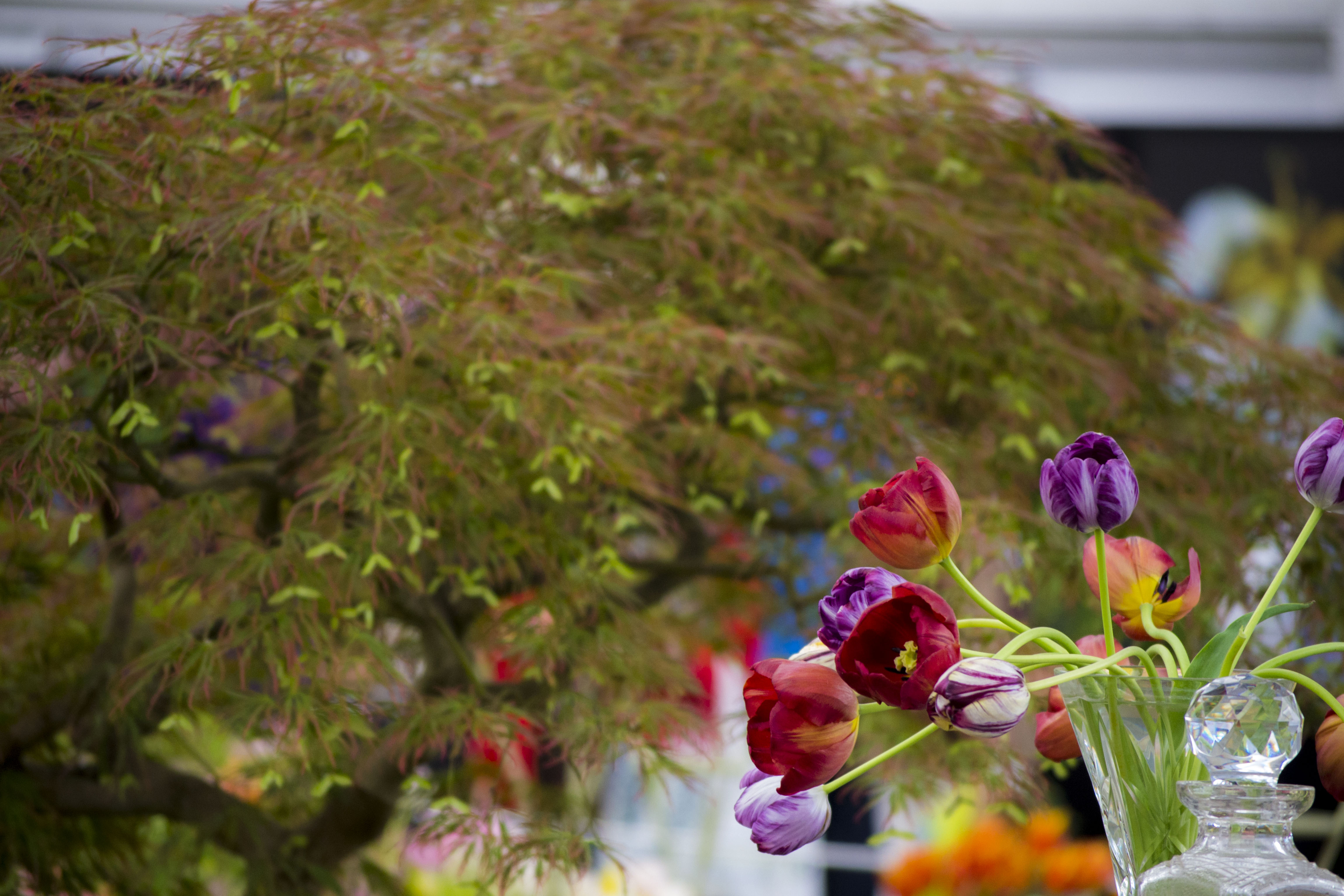
Making Your Cut Tulips Last Longer
Tulips are easily one of the most popular flowers that you will find at any florist. Flower lovers from all over the world find their delicate petals suitable for any display or occasion. Tulips are available in a wide range of colours and a mixed bouquet is a find gesture for any lucky recipient. The one main concern that some people have when it comes to purchasing Tulips is that they might not last as long as some other flowers. That being said, there are a number of steps that you can take in order to best preserve the life of your Tulip bouquet and get the most out of each flower. Here are some easy to follow steps to help you better care for you fresh cut Tulips:

What you will need:
– One clean vase
– One sharp pair of scissors or knife
– Flower preserve
Directions:
– Upon receiving your bouquet of Tulips, you will need to place them in some fresh, cold water. In most cases, cut flowers are usually placed in lukewarm or room temperature water but, with Tulips, this is not the case. Tulips prefer cold water because they have been cut from bulbs as opposed to other flowers which have been cut from advantageous roots.
– Prepare your vase and ensure that it is perfectly clean. If you use soap to wash the vase, make sure that you rinse it out properly.
– Add a few inches of cold water to the vase. There is no need to fill it to the brim since cut flowers only absorb water from the ends of their stems. Add flower preserve to the water and make sure that it dissolves completely.
– Once the vase of water is ready, you can start adding the Tulips to the vase.
– Gently take one stem at a time from the cold water and trip the stem. By using a sharp pair of scissors, you will ensure a clean cut. You should make sure that you make the cut while holding the stem underwater. This prevents air bubbles from entering the stem. Cut approximately one inch off the bottom of the stem and make the cut at an angle. Cutting at an angle will mean that the stem will not sit against the base of the vase and inhibit absorption. It will also create a larger surface area for absorption for each stem.
– While trimming each stem, make sure that you remove any foliage or leaves that may find themselves below the waterline in the vase. Bacteria grows in the vase water no matter what you do but, if you limit the surface area on which it can attach itself to, you will inhibit the growth of bacteria and better preserve your flowers.
– As you trim each stem, place them in the vase of fresh water with the dissolved flower food.
– After arranging each flower in the vase, you will need to place your bouquet of Tulips in just the right spot in your home. They should not press up directly against the glass of a window. They should also be kept out of drafts, away from heaters, air conditioners and similar items.
– Monitor the water and change it out every few days. Tulips tend to drink up a fair amount of water compared to other cut flowers so you will need to make sure that the vase does not dry out. Of course, you shouldn’t overfill the vase either because this will allow bacteria to grow along the entire stem.
– When you change the water, make sure that you take a look at the bases of each stem. You may need to give them another little trim. If you do, remember to do so under water and don’t forget to add more flower preserve to the fresh vase water each time.
– If you notice that any of your Tulips are starting to wilt, you should remove them from the vase immediately. Perishing plant material causes a rapid increase in bacteria growth so the sooner you pluck them from the water, the better for the rest of the bouquet.
